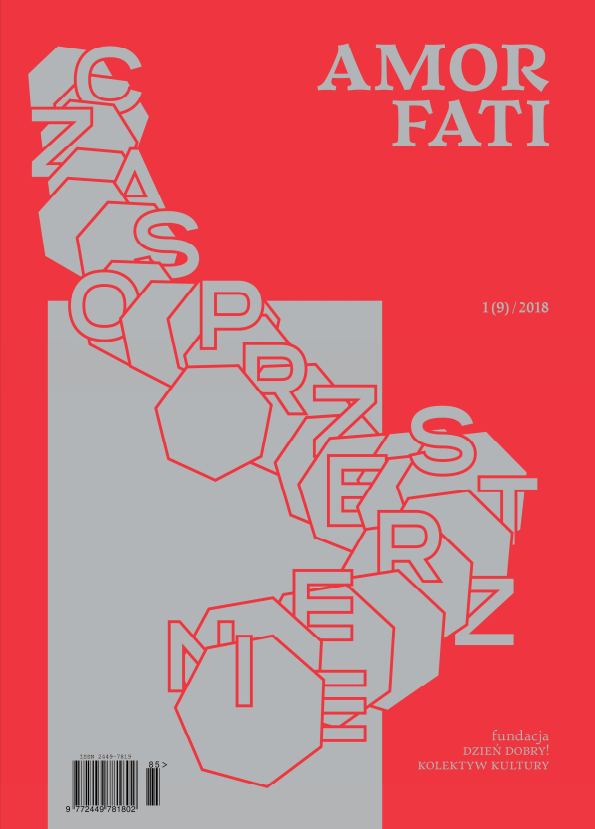Literacki światoobraz Kornela Filipowicza - O wolności, nadziei oraz śmierci w kontekście egzystencjalizmu Francuskiego
Literary World Picture of Kornel Filipowicz - On Freedom, Hope and Death in the Context of the French Existentialism
Author(s): Justyna GorzkowiczSubject(s): Literary Texts, Metaphysics, Polish Literature, Existentialism
Published by: Fundacja „dzień dobry! kolektyw kultury”
Keywords: Kornel Filipowicz; World Picture; Albert Camus; Jean-Paul Sartre; Existentialism;
Summary/Abstract: In her essay, the Author proposes to cast a glance over the world picture that emerges from the works of Kornel Filipowicz, one of the greatest – albeit still little-known – Polish prose writers of the 20th century. The image of the world, as depicted by the writer, is shown from the perspective of existential issues, the centre of which is constituted by the following categories: freedom, hope and death. The Author presents these themes in the context of literary and philosophical creations of Albert Camus and Jean-Paul Sartre. Her analyses indicate that the Polish writer not only polemicises with existentialists, but also forges his own theories while waging a discourse with their conjectures. The article consists of seven parts, each of which is separately titled. In the first one – “World Picture as a Means of Escape”– the Author focuses on the approximation of the Heideggerian idea of the world picture, perceiving in it a form of modern man's quest for his own identity. This was a particularly poignant subject in the period following the World War II. The Parallel Worlds of Freedom – set against the background of the ideas contained in The Myth of Sisyphus by Camus, serve to depict the way in which the category of freedom is realised within the works of the Polish writer. A “Lie with a View of Hope is a chapter indicating Filipowicz's polemic with the idea of rejecting illusions and adopting an attitude of steadfastness against the struggles, which had been promoted by Camus to little avail. The next part entitled “Nike of Samothrace” shows the way in which the Polish writer chose to adapt the myth of Sisyphus and how he transformed it into a metaphor of hope. What emerges from the analyses instead of the indefatiguable rebel, is an image of the statue of the mutilated, yet victorious goddess. The chapter “Idée Fixe and Tipasa's Experiences” constitute an attempt to further highlight Filipowicz's discursive references to the works of Camus. In the “Twin Dimensions of Death, the Author defines the line of understanding and presentation of the issue of death by the Krakow-based writer. On the one hand: these constitute different variants of biological death or variants of facing it. On the other hand: what emerges here is an exemplification of existential agony, which a person can experience an infinite number of times before reaching the complete and utter death. The last part, entitled “Doxa as the Principle of Discernment in the World”, sums up the whole article. It also serves the Author to expose the polemics between Filipowicz and Sartre. Praxis-projects – proposed by the French existentialist as forms of self-creation of a person adequately to a given situation – get juxtaposed here with Filipowicz's doxa-projects. They are inextricably linked with phenomena – the subjective beliefs of man about the world. As pointed out by the Author, according to the Polish writer, any existential world picture (as adopted by a given man as his own) may be classified as a doxa-project. The attitude of Sisyphus, Nike of Samothrace and the perspective of the "myth" of a man condemned to the freedom of his own choices, are all valid options therein.
Journal: Amor Fati
- Issue Year: 9/2018
- Issue No: 1
- Page Range: 15-45
- Page Count: 31
- Language: Polish

